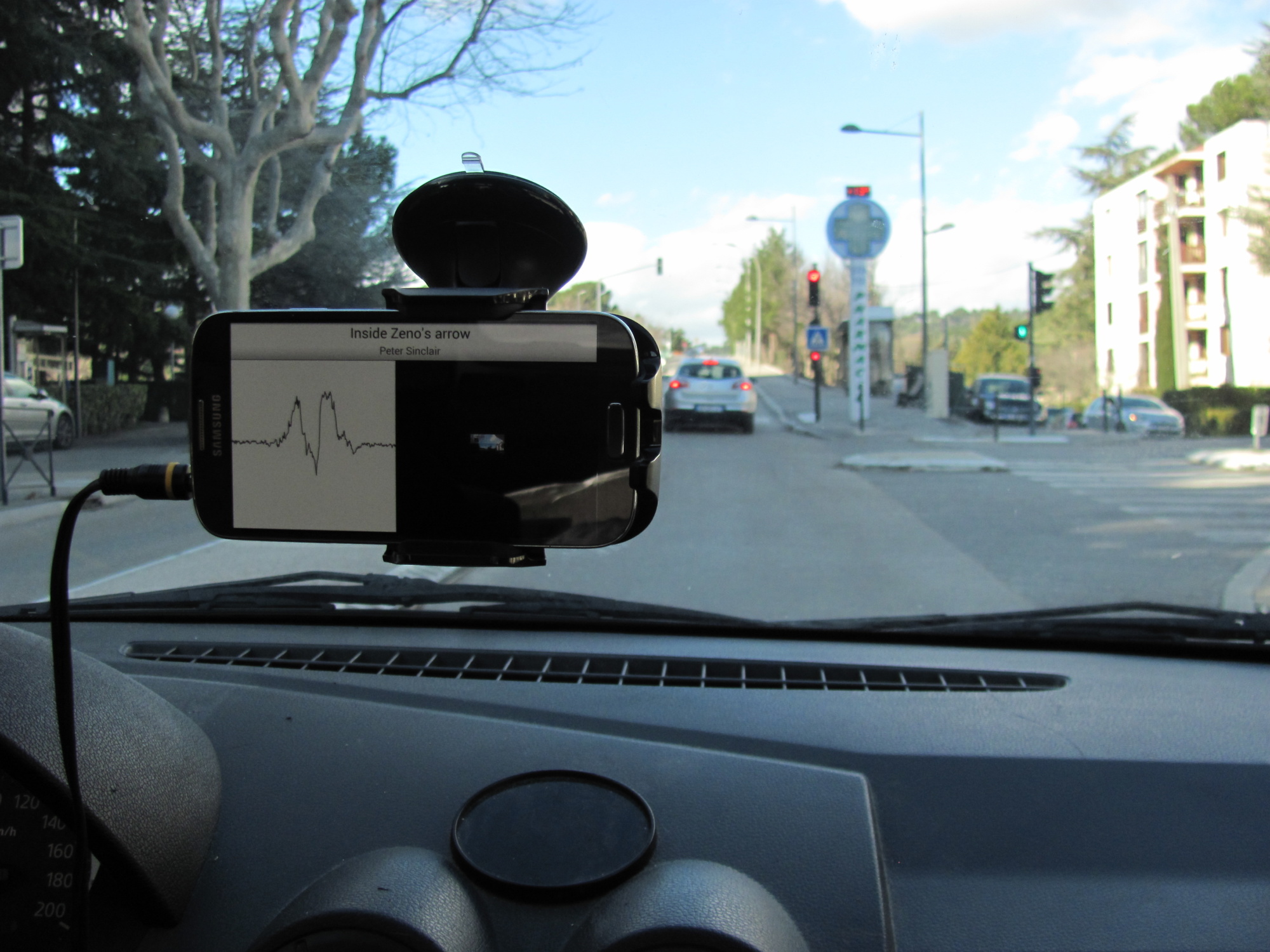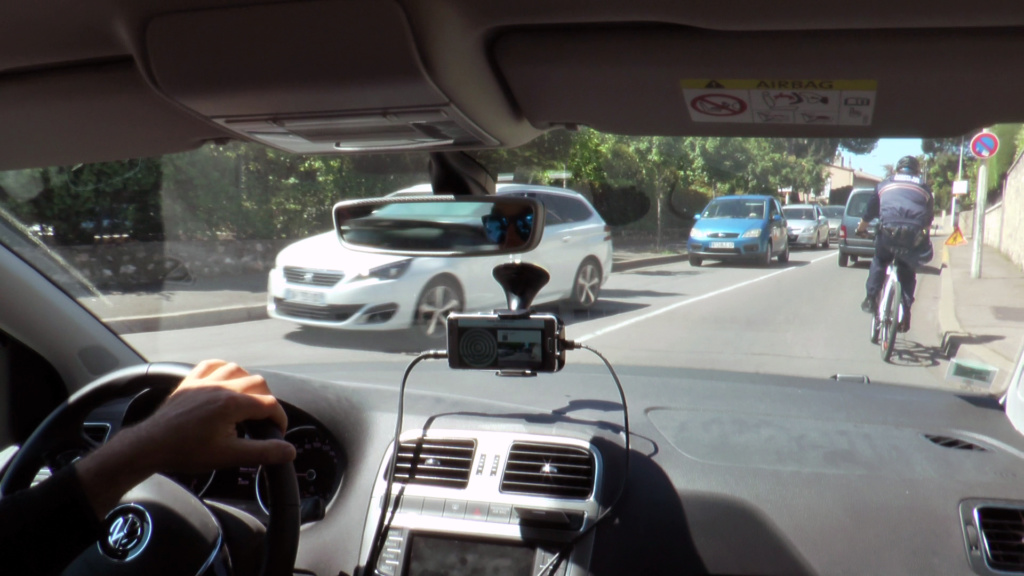
Have you ever driven along in your car, feeling detached from the world around you? You might have the radio, music or a podcast playing as the world passes you by. Sound is one of the most sensitive senses, with upbeat songs cheering us up and slower songs making us more sombre. So why not have a device that plays sounds and music that connects us to the world around us and let us experience mobility differently? Let us introduce you to RoadMusic.
RoadMusic plays music as you drive using a basic smartphone attached to the windshield of your car. The RoadMusic App uses the smartphone’s sensors and camera to generate music from data collected during driving: vibrations of the car on the road, recognizable movements (acceleration, gear changes, bends etc.) and the visual scene all participate to create a soundscape inside the car. This data is interpreted in different ways and on different scales – it can not only generate sounds immediately but also contribute to statistics that evolve progressively, reflecting the nature of the route. This information is used to create compositional structure that varies in real-time, the audio-visual-tactile experience that is particular to driving a car is remodeled by this correlated musical narrative. In modern cars, the infotainment system has, arguably, become the default audio source that replaces the soundscape outside the car, from which we are hermetically sealed off. RoadMusic re-creates a link between the situation of driving and what we listen to. Since the basis for composition is a mediation of the environment and of the car’s interaction with that environment and because all the audio processing originates here, we might say that the music is the sound of the road itself. As such, it conveys information to the driver heightening his or her awareness of the situation and potentially putting him or her “back in touch” with the world outside the car. With the advent of electric and hybrid vehicles, this re-connection becomes all the more crucial as the functioning car itself is almost silent, removing even the audio feedback of the car engine.
Driving with RoadMusic
The following description is based on Peter Sinclair’s original version of RoadMusic entitled “Inside Zeno’s Arrow” which is available as a free download from the Google Playstore, distributed by Seconde Nature.
Let us take a drive with RoadMusic. The first sound distinguishing itself in the mix is a bonk or rather a series of bonks, triggered as the car hits a bump. They increase and diminish like the impacts of a bouncing ball coming to rest. Small bumps make small bonks and bigger bumps make bigger bonks. Going into a bend I hear a whiney, whistling sound rising in pitch with g-force around the corner, as if the sound is pushing against the limits of the sides of the car and makes me aware of the tactile force between the seat and my body. The road straightens out and a flurry of clicks sound tangled into what I would describe as a disorderly ball. As I accelerate, the clicks unravel and settle into a fragile rhythmic pattern, I lift my foot off the pedal and they slow down then disappear. A sound similar to a bass guitar can be heard now. It plays a repeating riff, but notes come and go, syncopating with the constant background melody. The bonks from the bumps join in with the bass notes, all mixing together making it difficult to pick out the specific sounds. At times the bass fades into the background to become barely audible and is almost forgotten, then as traffic clears it re-emerges. It was there all the time, waiting quietly in the background. The road surface changes and the overall sound changes to a more metallic tone. It happens gradually, as if the music is replying to the road rather than reacting to new conditions. The sound of the bass saturates and distorts, the bumps have stopped now.

I come to a red light and wait in line with the other cars, the different sounds slowly settling then extinguishing one by one. The bass is still playing, seemingly filling in as nothing much is happening. Cars start crossing in front of the car, as the light is now green for a nearby junction. A grainy sound follows in the wake of each car. In the relative silence as I sit stationary, I realize I’ve heard this sound before but much more chaotic and rolled into the sounds of passing landscape. This is the sound of the world outside of the car, as it is interpreted by RoadMusic. This I can understand, but what RoadMusic sees and says is different to what I see. A soft harmonious, breathy sound fluctuates ever so slightly in the background, the constant sound of daylight.
The traffic-light turns green, I pull off. The soft sound has changed in pitch and the rolling clicks return reminding me that I’m on the move. The bass has started a new riff, livelier with more notes; traffic has thinned and I’m making good progress. A new, up-tempo rhythmical element has joined in, galloping in time with something but its rhythm is constant – the sound of the timbre sticking to the road. I can feel sounds changing with hills, corners and movement. I am driving around narrow streets now and a bell-like sound sways with the car as I go around corners. The sound feels like it originates in the car but extends beyond it, as if it is playing in time with the bass but losing its footing a little with each turn like a tape recorder with a slipping tape reel. A new bend and blue sky springs into view, the note of the bell changes and as the car turns to face urban architecture once again, it returns to the previous tone.
The motorway animates a drone sound, monotonous, reflecting the continuous road ahead. Perhaps there is something to hear in the texture, the sound of the road surface. Listening carefully, I identify variations under the surface, undertones. The bass plays, changing the odd note when a bump breaks the monotony. Patches of shade and sunlight interrupt the sameness of the sound, as do other vehicles overtaking. Seemingly uneventful, after a time the sounds of the road become soothing.
Peter Sinclair, Road Music, Mobile Audio Fest from LOCUS SONUS on Vimeo.
End note
There are five other versions of this description by composers Andrea Cera, Atau Tanaka & Adam Parkinson, Marine Quiniou, Mathias Isouard, Charles Bascou. These versions integrate different compositional approaches while using the original data processing system were produced during workshops organised by Peter Sinclair and GMEM-CNCM-marseille in 2013-14.
Crédits :
Coproduction : GMEM-CNCM-marseille, DaisyChain, Seconde Nature.
Soutenue par le DICRéAM.
RoadMusic utilise PureData, LibPd, ScenePlayer (Peter Brinkmann).
Development for Android: Antoine Villeret et Cyrille Henry.

Recent Comments